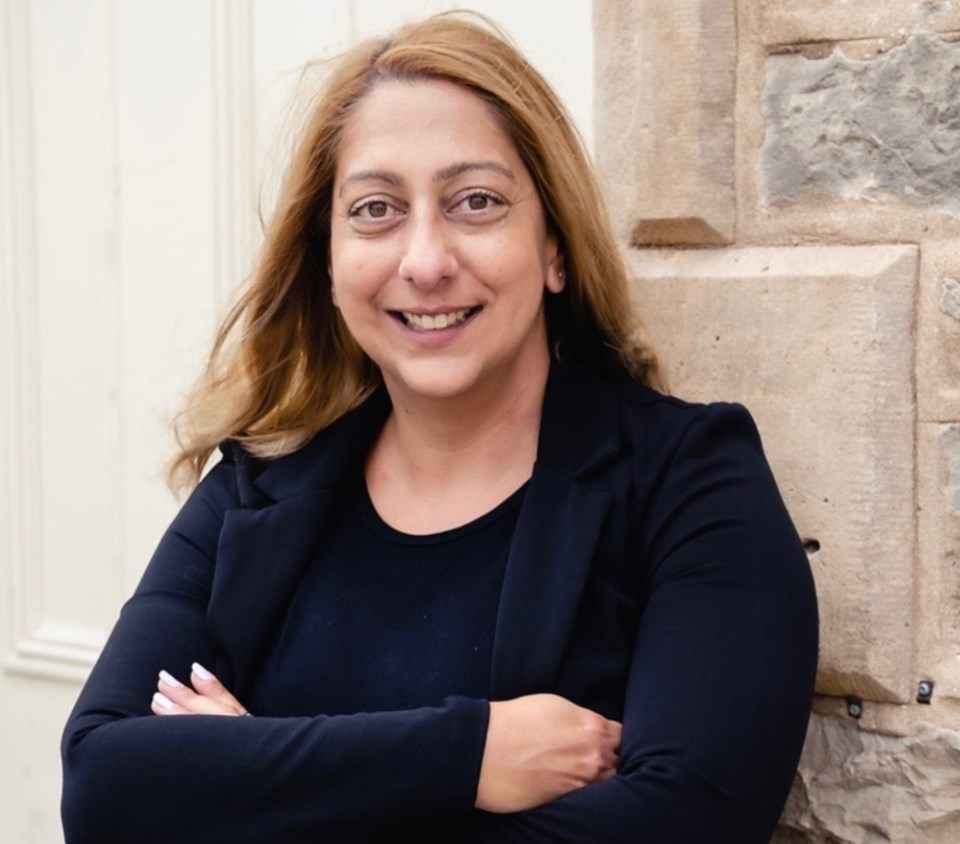In municipal governance, the start of a new year means one thing: budget time. For Niagara-on-the-Lake, which is welcoming some new councillors to the table this year, the town kicked the annual process off with an educational meeting on how a municipal budget is created.
“Our budget is more than just a budget,” said CAO Marnie Cluckie at the special council meeting on Jan. 10. “It is a key planning document for us, and that helps guide the decisions that we make.”
Their budget training session covered the fundamentals of organizing municipal finances, including operating and capital budgets, what the town spends money on and where it gets money from, how the property tax levy for residents is decided and how that money is allocated.
Councillors were engaged and asking questions about the budget proceedings throughout the meeting, in preparation to help put a budget together for a proposed final approval date of Feb. 28.
“I think we’ve got some good tools that will help us offset a lot of costs, especially with the municipal accommodation tax funding,” said Coun. Maria Mavridis. “I want residents to know we are going through (the budget) with a fine-tooth comb.”
Budget discussions will be going through a different process this year, Lord Mayor Gary Zalepa told The Local. Instead of an audit committee of just a few councillors that reports to council, Zalepa suggested the town follow the regional procedure, which is to have a budget committee made up of all councillors, as part of the committee of the whole.
It might mean a few extra meetings, he said, but councillors will all have the same information when discussing and approving the budget. It’s a process that works well for the region, he said, and should work well at the municipal level as well.
Here are the details on how the budget is created, as outlined by director of finance Kyle Freeborn:
What are the rules?
The town must have a plan to spend as much money as they will receive, and vice versa, in their annual. If there is a deficit in the budget, the amount owed is automatically added to the next year’s budget.
In order to avoid running a deficit, Freeborn outlined the three strategies to finding savings: reducing costs by coming up with new, innovative ways to deliver municipal services: reducing service levels by either scaling back operations or increasing the length of time to provide a service: or charging user fees to cover the costs (examples including recreational programs and short-term rentals).
What are operating and capital budgets?
The operating budget is a plan for providing day-to-day services, including revenue sources such as property taxes, user fees, and upcoming expenses such as contracted services, materials and supplies, and salaries and wages. In 2022, the total operating budget was $40.2 million, with a tax levy of $13.7 million, and 67 per cent of its expenses paying employee salaries, wages, benefits, and for contracted services.
The capital budget is a plan for town projects that require a significant amount of money: plans to acquire, build, or improve municipal assets such as land, buildings, machinery, equipment, roads, bridges, water and sewer lines. In 2022, the capital budget was $10.2 million, with the largest amount spent on the municipal water system (an environmental service).
How are taxes calculated?
The municipal tax levy is decided annually by assessing the value of properties in the neighbourhood against the cost to provide services in town, according to the annual budget. In 2022, the municipal tax levy was $13.7 million.
The cost to provide services per homeowner is divided by the total value of every home in town, resulting in the municipal tax rate, which is then multiplied by the value assessment of each home, to get each homeowner’s property tax levy for the year.
If the value of a home changes, then the levy changes in proportion to each property. If service costs go up, then the tax rate increases across the board.
Where so my taxes go?
Fifty-eight cent of the money collected through property taxes goes to the Niagara Region as part of the regional levy, while 22 per cent goes to the town of Niagara-on-the-Lake. The rest goes to the province for public education services (15 per cent), regional waste disposal, the town’s storm levy, and the Niagara Health System levy.
What new factors are there in 2023
In assessing property values, the town uses value assessments completed by the Municipal Property Assessment Corporation, or MPAC. While reassessments are normally carried out every four years, they haven’t been done since 2016, postponed during the COVID-19 pandemic. In late 2022, MPAC announced reassessments will be completed this year. Freeborn notes the new MPAC assessments are more likely to affect properties that have had significant changes since 2016.
The municipal accommodation tax, launched last July, will mean a new pool of money available for the town to fund capital projects that support local tourism, which will be transferred into reserves for specific projects, like redoing roads and sidewalks or updating tourism-related infrastructure: “It’ll free up funding previously allocated to those items, to try and keep the taxes even,” Mavridis said.
